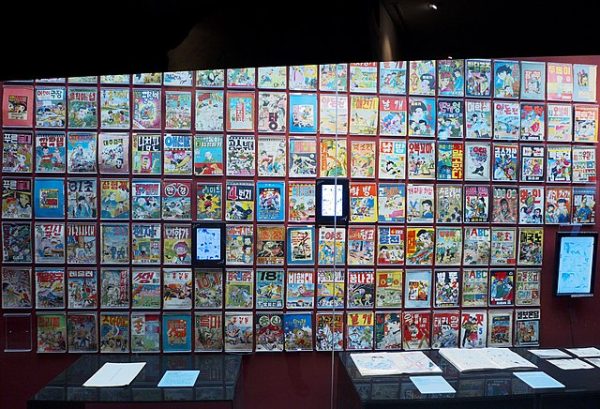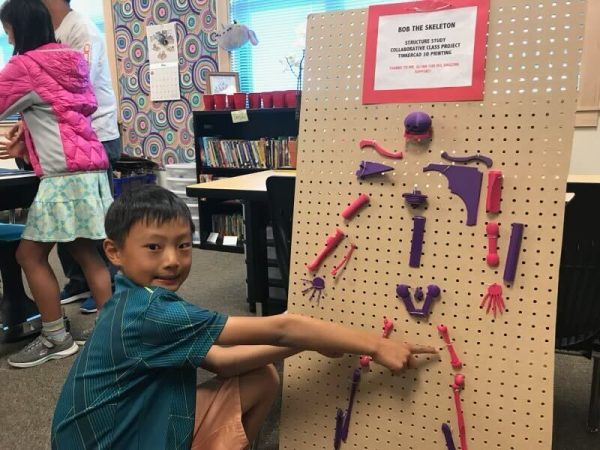On the hunt: the race against toy scalpers
Toys: The literal holy grails of children. Saving up their hard earned money and pocket change from the couch to get the one thing they want the most: the newest action figure or doll house from the latest and greatest Disney movie. But when they reach the Toys R Us, they’re met with a terrible fate. Lines of empty shelves filled with the same Elsa doll or bumblebee figure that everyone has at least 3 of by now. Where is the latest? The greatest? By now, chances are they’re in the hands of a scalper.
“It’s ok,” says the parent. “We’ll just find it online.” Little do they know, a storm is brewing on the depths of ebay. That rare Optimus Prime kids are looking for? Save up kid, because the only way you’re getting that is through Ebay at a 200% markup.
A scalper is a person who purchases a large quantity of stock with the intention of selling it for profit. Scalpers are successful because of the popularity of the product, as well as the forced rarity of product that they cause. Toy scalpers have memorized when and where retail stores get a new shipment of toys. They will wait for the shipments to the retailers and buy out the stock before it even reaches store shelves. They don’t limit themselves to one store. Scalpers will hit every store in their area to make sure they can make maximum profit. The worst part is that it’s perfectly legal. Toy scalping affects not only kids and collectors, but also the entire retail store as well as the toy companies.
Scalpers are seen as the scum of the Earth in the Toy Collecting community. By buying from scalpers, people support their actions. It’s a waste of money, and is just an overall punishment for kids and collectors that can’t reach stores before the scalpers. Clueless parents will pay the extra dollar to make their kids happy, but the only thing that it accomplishes is that scalpers will continue to do their work in an endless cycle.
Not all toys are created equal. Popular characters, like Bumblebee from Transformers or Luke Skywalker from Star Wars are universally accepted as the faces of their respective franchise. As such, they’re toys are easy to find. Known as “pegwarmers” to collectors, famous and well known characters are known to flood the market in order to be well distributed. The lesser known characters, such as Rocket Raccoon from “Guardians of the Galaxy” or Marth from the “Fire Emblem” games, are sent in lesser quantities. These are the most coveted. The rare figures have different names for differing communities, but the most common is that a figure has “unicorn status” meaning the figure is about as rare as a unicorn. Scalpers have made it so kids aren’t even aware that certain figures exists. Toylines that have girls in their lineup, such as black Widow or Wonder Woman, are often the target of scalpers. Toy companies are under the influence of gender roles, so won’t send out as many female figures that they won’t believe will sell to their demographic.
Toys can only fill up so much of a package for retailers to buy. For every one rare, there are at least five pegwarmers in the same case. Retailers such as Target understand that Mario is the more popular character, so they will order more of him to satisfy demands. On paper, it makes sense. You’d want people to have the most access to the most popular characters. But when characters flood the shelves with their presence, it’s both annoying and disappointing for children and collectors. Many people resort to buying out entire cases meant for retailers just to confirm that they can obtain the figure.
Nintendo products are often very large victims of scalping. Even just the pre orders of their limited edition games and consoles sell out within hours. Their distribution of the recently launched amiibo toy line was disastrous as a whole. Leaving retailers in the dark about release dates and under manufacturing popular characters have hurt their profits overall. The Nintendo community have deemed three specific amiibo as the “Holy Trinity.” The Marth, the Wii Fit Trainer, and Villager amiibo have transcended the barriers of rarity to the point of idolization.
They are not, however, aware that Mario literally clogs entire shelves, while the infamous “holy trinity” are nowhere to be found. Retailers feel like their shelves are well stocked, so they don’t order any more cases of figures until their shelves are cleared out. And so the cycle repeats.
Thankfully, there are measures that are currently being taken to prevent scalping. Companies have issued restocks that contain only “unicorn status” figures. This diminishes the value of certain figures, leaving many scalpers with piles of worthless toys. What should be done is putting a limit on the amount of toys a customer can buy. Because, let’s be honest no normal person needs seven of the same figure. A simple “1 per customer” rule would alleviate many collectors from stress of scalpers. However, no system is perfect, as scalpers are still out on the hunt today.
There should not have to be a “hunt” for toys. Darth Vader’s action figure is not a prize to be displayed, but a relic to be cherished. And while it seems like a never-ending chase, the extra cash a scalper obtains is not worth the ruined childhood memories and broken happiness of a kid.













quest bars • Aug 23, 2015 at 9:37 am
Having read this I thought it was very informative. I appreciate you finding the time and effort to put
this article together. I once again find myself personally spending a lot of time both
reading and posting comments. But so what, it was still worth it!